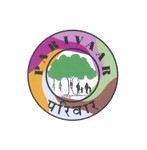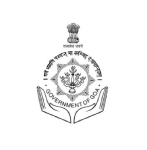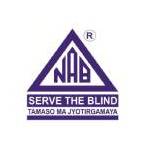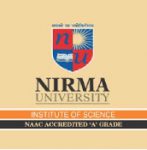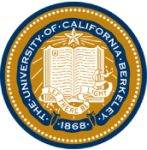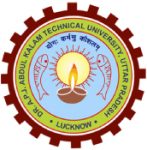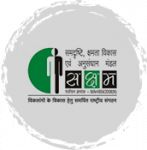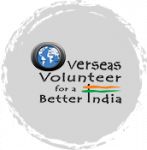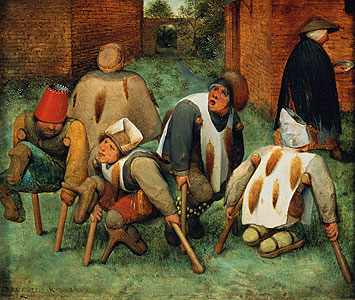
If we look at the Disability definition, all over the world, and the ones used in India, we can say for sure that we have to improve our definition of “Disability”. In fact Indian government it self feels that these definitions(given in the act) were not found to be useful even for enumerating the disabled population, particularly in Population Census process for a large population like that of India.
Disability definition, According to the Persons with Disabilities (Equal Opportunities, Protection of Rights and Full Participation) Act, 1995:
“Person with disability” means a person suffering from not less than forty per cent of any disability as certified by a medical authority (any hospital or institution, specified for the purposes of this Act by notification by the appropriate Government). As per the act “Disability” means –
(i) Blindness; (ii) Low vision; (iii) Leprosy-cured; (iv) Hearing impairment; (v) Loco motor disability; (vi)
Mental retardation; (vii) Mental illness, which were defined as below.
• “Blindness” refers to a condition where a person suffers from any of the following conditions, (i) Total absence of sight. (ii) Visual acuity not exceeding 6/60 or 20/200 (snellen) in the better eye with correcting lenses; (iii) Limitation of the field of vision subtending an angle of 20 degree or worse;
• “Person with low vision” means a person with impairment of visual functioning even after treatment or standard refractive correction but who uses or is potentially capable of using vision for the planning or execution of a task with appropriate assistive device;
• “Leprosy cured person” means any person who has been cured of leprosy but is suffering from- (i) Loss of sensation in hands or feet as well as loss of sensation and paresis in the eye and eye-lid but with no manifest deformity; (ii) Manifest deformity and paresis; but having sufficient mobility in their hands and feet to enable them to engage in normal economic activity; (iii) Extreme physical deformity as well as advanced age which prevents him from undertaking any gainful occupation, and the expression “leprosy cured” shall be construed accordingly;
• “Hearing impairment” means loss of sixty decibels or more in the better ear in the conversational range of’ frequencies;
• “Loco motor disability” means disability of the bones, joints muscles leading to substantial restriction of the movement of the limbs or any form of cerebral palsy;
• “Mental retardation” means a condition of arrested or incomplete development of mind of a person which is specially characterized by sub normality of intelligence;
• “Mental illness” means any mental disorder other than mental retardation;
As mentioned earlier, in India, there is another set of definitions for population census:
With regard to definitions adopted by PWD Act, Census of India stated “the concepts and definitions of disabilities coupled with measuring its extent and its types contained in the PWD Act, 1995 were found to be extremely difficult to canvass even in normal circumstances assuming people had time, were willing and forthcoming to share this information and there was an expert investigator to elicit this information.”
Census therefore used its own version of definitions of disabilities. Census of India 2001 defined five types of disabilities:-
(i) seeing, (ii) speech, (iii) hearing, (iv) movement, and (v) mental.
Seeing disability: A person who cannot see at all (has no perception of light) or has blurred vision even with the help of spectacles. A person with proper vision only in one eye was also treated as visually disabled. A person may have blurred vision and had no occasion to test whether her/his eyesight would improve by using spectacles – such persons were treated as visually disabled.
Speech disability: A person who is dumb or whose speech is not understood by a listener of normal comprehension and hearing, was considered to have speech disability. Persons who stammer but whose speech is comprehensible were not classified as disabled by speech.
Hearing disability: A person who cannot hear at all (deaf), or can hear only loud sounds was considered to have hearing disability. A person who is able to hear using hearing aid, was not considered as disabled under this category. If a person cannot hear through one ear but her/his other ear is functioning normally, she/ he was still considered to have hearing disability.
Movement Disability: A person, who lacks limbs or is unable to use the limbs normally, was considered to have movement disability. Absence of a part of a limb like a finger or a toe was not considered as disability. However, absence of all the fingers or toes or a thumb make a person disabled by movement. If any part of the body is deformed, the person was also treated as disabled and covered under this category. A person, who cannot move herself/himself without the aid of another person or without the aid of stick, etc., was treated as disabled. Similarly, a person who is unable to move or lift or pick up any small article placed near her/him was also treated as disabled in movement. A person who may not be able to move normally because of problems of joints like arthritis and has to invariably limp while moving, too was considered to have movement disability.
Mental disability: A person who lacks comprehension appropriate to her/his age was categorised as mentally disabled. This would not mean, however, that if a person is not able to comprehend her/his C4 studies appropriate to her/his age and is failing to qualify her/his examination, she/ he was considered mentally disabled. Mentally retarded and insane persons were treated as mentally disabled. A mentally disabled person generally has to depend on her/his family members for performing daily routine.
In Population Census, if a person suffered from two or more types of disability, only one of them was recorded. In all such cases it was left to the respondent to decide as to under which type of disability the person should be categorised. The definitions, concepts and instructions were designed in such a manner that the question on disability can be canvassed appropriately without hurting the sentiments or feelings of
the informant with a view to have good chances of netting the disability characteristics of the population.
Analysis of variation in definitions
The Persons with Disability (PWD) Act, defines disability in terms of extent of impairment of body structure and body function. The context in which the definitions of disability and categories therein are being examined here relates to the classification of person, as disabled or not, by an enumerator who is given a short training in concepts and definitions. Therefore, the definitions under PWD Act need to be converted into definitions, which are simple and tangible from the point of view of the enumerator as well as the respondents.
The NSS definition of disabled person i.e. ‘A person with restrictions or lack of abilities to perform an activity in the manner or within the range considered normal for a human being’ seems to be in order provided the deviation from normal manner is defined in a manner suitable to the above context. The above general definition of disability is based on activity limitation in execution of usual task and not the deviation from the accepted standard of biomedical status of the body of a person. This criterion has been used in examining the category-wise definitions and on the appropriateness of a definition.
Conclusion:
When the definition it self is disabled, we have to empower the definition at first and then we will get real statistics of Disabled people in India! Only after discovering the real disabled people in real India, we can have real empowerment of all SAP!!




